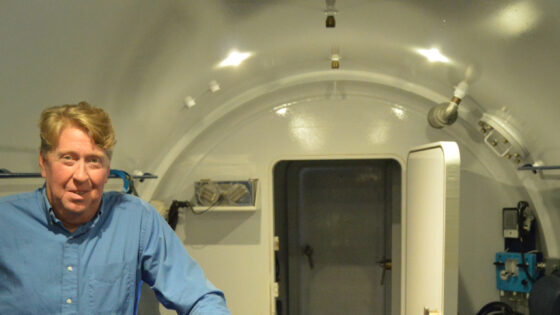A rare disorder in which benign (not cancer) growths form in lymph node tissue. There are two main ways that giant lymph node hyperplasia occurs: localized (unicentric) and multicentric. Unicentric giant lymph node hyperplasia affects only one group of lymph nodes in one part of the body, usually in the chest or abdomen. It may not cause symptoms. Multicentric giant lymph node hyperplasia affects many groups of lymph nodes and lymphoid tissue all through the body. It can weaken the immune system and cause problems such as infection, fever, weight loss, fatigue, night sweats, nerve damage, and anemia. People with giant lymph node hyperplasia have an increased risk of lymphoma. Also called angiofollicular lymph node hyperplasia and Castleman disease.
Search the Glossary of Medical Terms
Sign up for the QuackTrack.org newsletter below!













